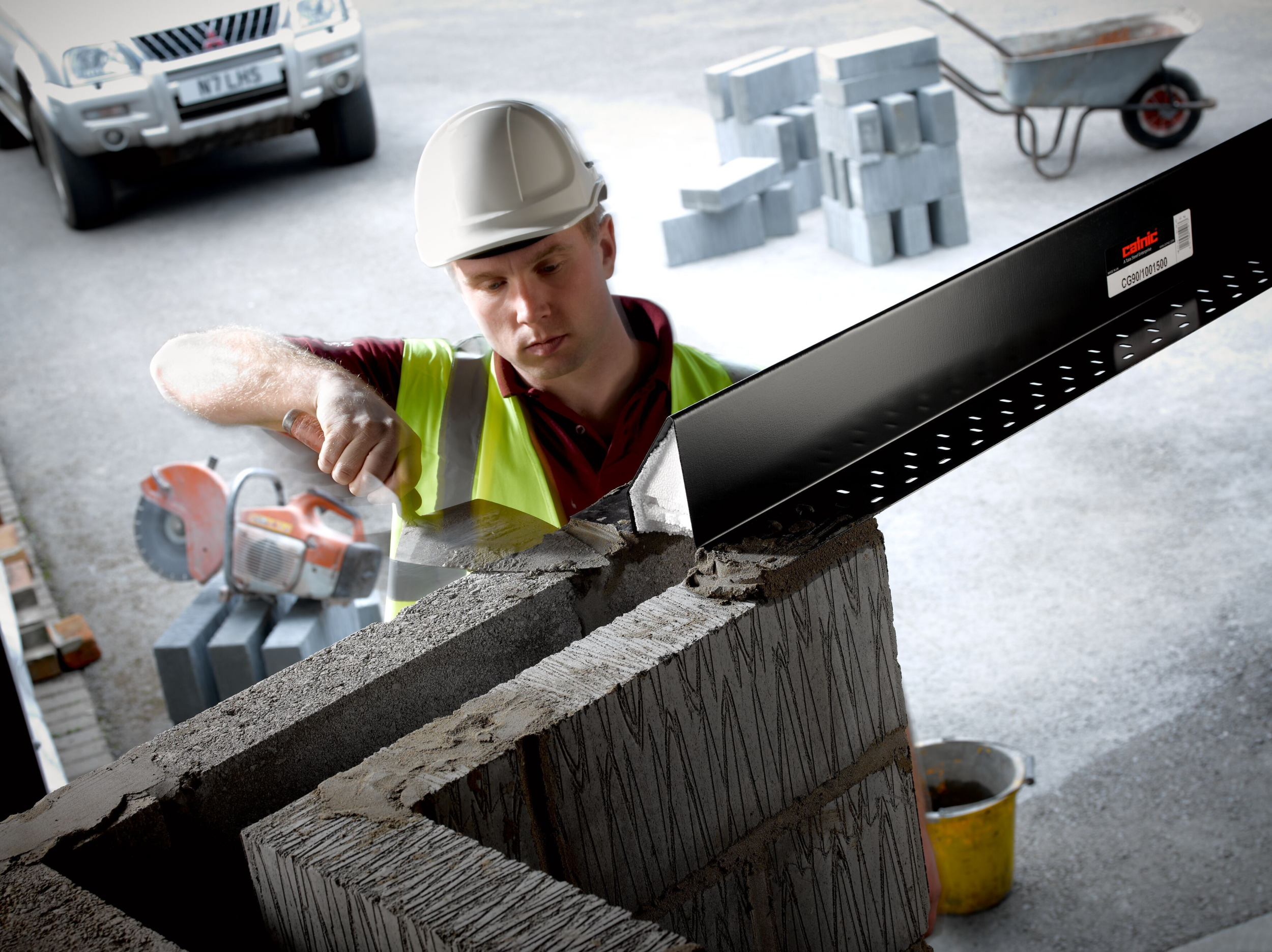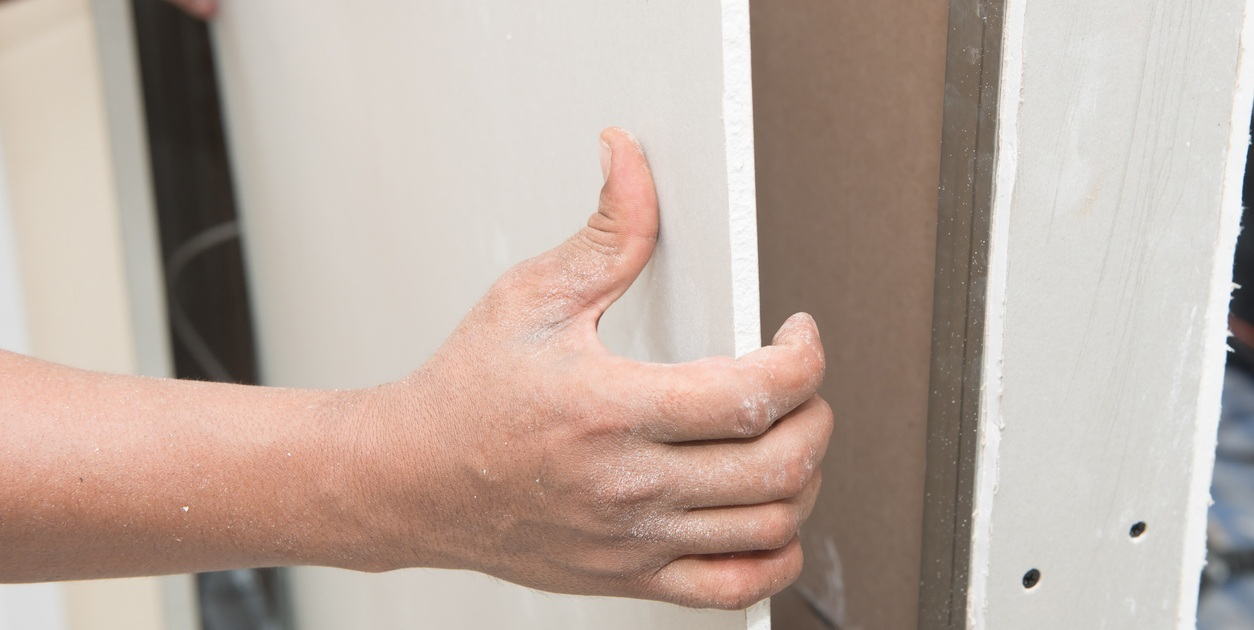In the UK European Standard BS EN 845-2:2013 + A1:2016 specifies the requirements for prefabricated steel lintels spanning up to a maximum of 4.5m. It is a legal requirement that manufacturers CE mark their products to show that their lintels meet the requirements of the standard.
But, why else should you use a steel lintel? From its load bearing capacity to wide design versatility, we answer this pivotal question, here.
Why should you use a steel lintel?
Load-bearing capability
The size of the opening a lintel must span and the load it must bear are the primary factors in specifying a lintel. The chosen material's performance characteristics then determine the required size for the lintel. For lower loading conditions, a concrete lintel may be the most cost-effective option, despite its weight. However, as spans and loads increase, concrete becomes excessively heavy. Steel, with its greater load-bearing capacity and lighter weight, offers a more practical solution and a wider range of options.
One-piece solution
Specifically for cavity walls, steel provides a one-piece solution that can handle the uneven loads on the inner and outer leaves of masonry. The inner leaf bears significantly more load than the outer leaf, and steel cavity lintels are designed to accommodate these differing load requirements.
Wide design possibilities
Manufacturing lintels using steel allows for a wider range of products, from relatively simple angles and channels for single leaf walls, through to box lintels and cavity lintels, as well as bespoke special lintels for architectural features.
This is due to the flexible manufacturing process, which allows steel to be sized and shaped in multiple different forms whilst maintaining its structural performance.
Use within masonry cavity walls
Continuing the theme of cavity wall construction, steel one-piece lintels offer excellent all-round performance. They can be more easily scheduled and rapidly installed than separate lintel solutions, which feature a lintel for each of the inner and outer leaves (a separate lintel can comprise two concrete lintels for a rendered finish, or a steel angle and a concrete lintel for the brick and block leaves respectively).
One-piece cavity lintels provide the necessary structural support and also close the cavity. So there’s no need for the separate specification of cavity closers. Such lintels include integral insulation to minimise thermal bridging, with Catnic’s thermally broken versions offering a complete thermal break in the cavity, achieving low psi values for use in energy assessment calculations.
Unmatched versatility
Steel lintels are incredibly versatile, providing structural support for a range of loading conditions, from light duty to extra heavy duty. They offer an ideal balance of size, strength, and practicality, making them suitable for both external and internal walls, including bespoke designs
Steel lintels and sustainability
In applications such as masonry cavity walls, steel can play a significant role in delivering buildings with considerably lower annual carbon emissions and energy use. However, steel is often talked about in terms of having a high embodied carbon given the raw materials needed for its production. The manufacture of steel products is also highly energy intensive.
There won’t always be practical alternatives to the use of steel lintels for brickwork and solid walls. As such, it’s important to consider the long-term benefits of steel application in comparison with the ‘carbon cost’. As well as providing the ideal balance of strength and weight, steel is durable and will last for the life of the building (and longer). At the end of a building’s life, if a steel lintel cannot be reused then it can be broken down and the steel can be recycled.
Discover the benefits of Catnic steel lintels
Specifying steel lintels means products for internal walls and partitions, and timber frame and masonry external walls, can all be sourced from a single manufacturer, such as Catnic.
As part of the Tata Group, Catnic is working to reduce the environmental impact of steel at the same time as ensuring that it delivers measurable building performance benefits. The Catnic Thermally Broken Lintel (TBL) is one such example. You can read more about how it helps to reduce the energy use and carbon emissions of buildings in our white paper.
For information about any lintel in the Catnic range, use the product selector, download technical literature, or contact us to discuss your project requirements.
More
-
![]()
- Plaster Bead & Mesh
- Guide
How to Fix an Angle Bead to Plasterboard
-
![]()
- Lintels
- Guide
Why thermally broken lintels are a game changer


